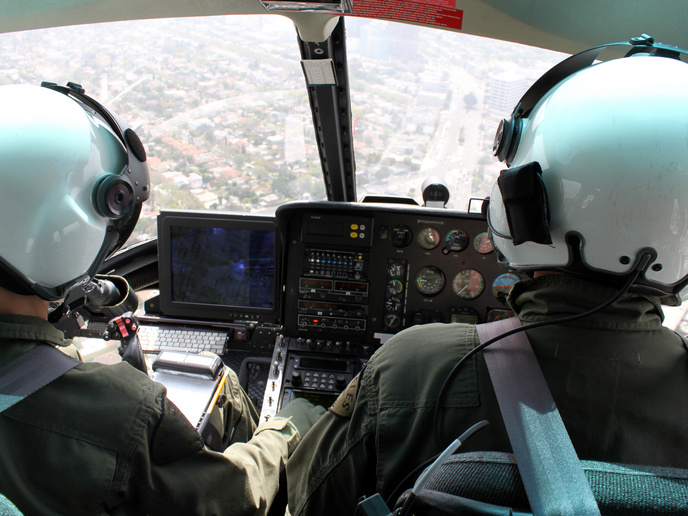New fuel system signals future of helicopter design
Aircraft manufacturers are constantly looking for ways to achieve operational efficiencies without compromising on safety. Emerging new innovations in fuel systems, for example, could be critical to ensuring that Europe remains at the cutting edge of developing next-generation helicopters. To this end, the EU-funded STRONGRCRAFT project sought to develop a new fuel system that could contribute to Europe’s decarbonisation efforts, as well increasing safety and industrial competitiveness. “While fuel systems are not the most visible component of a helicopter, they are incredibly important,” says project coordinator Stephane Goujon from Safran Aerosystems(opens in new window) in France. “Furthermore, they are not just a passive component of the aircraft – the distribution of fuel has to be constantly calibrated, in order to maintain the helicopter’s centre of gravity.”
Redesigning fuel storage
The STRONGRCRAFT project began by identifying key components of a helicopter’s fuel system that could be redesigned and refined. These included fuel storage, ventilation systems to remove air before fuelling, and the ways in which fuel could be redistributed during flight. Gauging systems to constantly monitor fuel levels and ways to refuel as quickly and as efficiently as possible were also examined. “We designed seven fuel bladders, which are situated at the bottom of the helicopter,” notes Goujon. “These are separated into two different groups, to feed the aircraft’s two engines.” These bladders, which are capable of containing 2 000 litres of fuel, have been specifically designed to prevent any fuel leakage. This has been achieved with an innovative new lightweight coating fabric. It provides extra safety should a helicopter encounter a hard landing or rollover. “The fuel system concept also includes hoses, pipes, a pump and ventilation – in fact close to 600 separate components in total,” adds Goujon. “The system is incredibly complex because there are so many different interactions. The pump for example is needed for fuel distribution, in order to maintain the centre of gravity of the helicopter.”
Innovative fuel system components
The design process took around two years in total, in close cooperation with Airbus(opens in new window) and various supplier partners. Simulation activities enabled the project team to anticipate material behaviour, and optimise the design before the first prototype part was manufactured. Once the design was finalised, component parts were assembled and tests carried out. “Innovative elements in the design included an optical gauge that uses an optical sensor,” says Goujon. “This was developed by a university partner. Lightweight plastic material – produced using 3D printing – was also integrated into the fuel system, replacing metal parts.”
Reducing weight of helicopters
A significant weight reduction of 15 % compared to state-of-the-art fuel systems was achieved. This was made possible thanks to the newly defined fuel tank construction. This weight reduction could lead to significant environmental benefits by reducing fuel consumption. The project team was also able to replace volatile organic compound emitting solvents with an emission-free alternative. The project team is very confident in the potential benefits of this new technology, which will provide future aircraft with both weight reduction opportunities and safety improvements. “I think the future is very positive, because weight is such a crucial issue in air flight,” concludes Goujon. “This innovation, especially the new lightweight material used, represents a big technological leap forward.”







